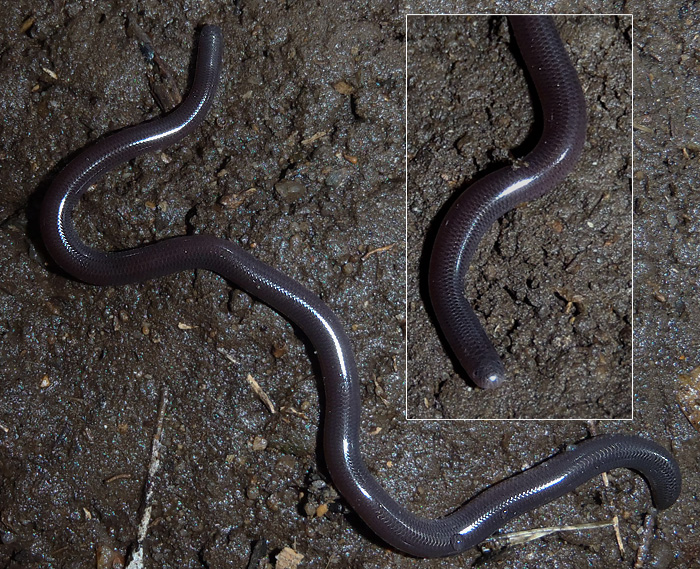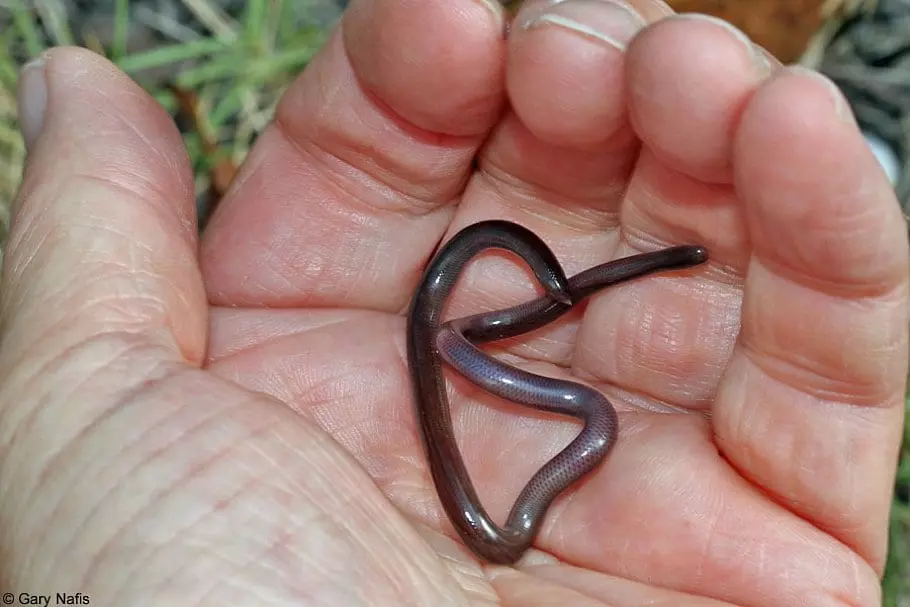
The most difficult aspect of the Texas blind snake is convincing the startled finder that these snakes are not baby snakes which can grow large! Their small size, the eyes buried beneath translucent scales, the brown to reddish-brown, pink or silvery-tan color of this snake, and their habit of burrowing has lead to the common name “worm snake”. Their dentation is reduced to a few teeth on the lower jaw. The largest blind snake reported was 10-3/4 inches long. These small, 5 – 8 inch long, snakes are not only blind, but they never bite people, even though they are related to the Boas. Although harmless, they can be considered a nuisance when they occur in the home.įig. They appeared to be using the water source from a basin which collected condensation from the air conditioning evaporator where the drain had become partially plugged with algae (pers. In one instance, many of these snakes were found living in the duct-work used for the heating and cooling system in an attic of a house. However, they are most often encountered in areas where moisture is available and are more prominent after rains. Occasionally, blind snakes are found under house foundations and in bath traps. These snakes occur on stony hillsides, prairies, and sandy or rocky deserts, under stones, boulders or other objects throughout most of the state. The Texas blind snake, Leptotyphlops dulcis*, (also called plains thread snake) can be common in the Texas landscape. Drees, Professor and Extension Entomologistĭepartment of Entomology, Texas A&M University van Wyhe’s find was the first sighting of the species in Singapore since 1847, possibly indicative of their rarity but also highlighting how incredibly difficult the species is to find, nearly always remaining well under the surface.Bastiaan M. At 52.4cm long, it is one of the longest individual blind snakes that has been found. Interesting facts: The photo above of the snake found in Singapore (reproduced with permission of John van Wyhe) was found dead on a trail near some of Singapore’s remaining primary forest. Would be eaten by larger snakes.Ĭonservation status and threats: This snake is believed to be in trouble as the forests it relies on are being cut down for plantations and development. Place in the ecosystem: Likely feeds on soft-bodied insects. Habitat: Found under the ground, under logs, and in decaying vegetation in forests up to 1400m elevation. Range: Indonesia, Singapore, Malaysia, and southern Thailand. White-headed Blind Snake has a clearly white head going back of the eyes, no stripes, 20 midbody scale rows, and 1 preocular scale.Ī Key to the Blind Snakes in Thailand can be used to tell blind snakes of the region apart.


Similar Species: Mueller’s Blind Snake has a solid black dorsum rather than stripes, usually has 24-26 midbody scale rows (though rarely more or less), and has 1 preocular scale. The main scale on the snout is large for a blind snake and there is no preocular scale.

Relevant scale counts: 22-23 midbody scale rows.

Are snakes blind skin#
Eyes are covered with skin and invisible or barely visible. Body of moderate girth with 10 pairs of alternating dark/light stripes.


 0 kommentar(er)
0 kommentar(er)
